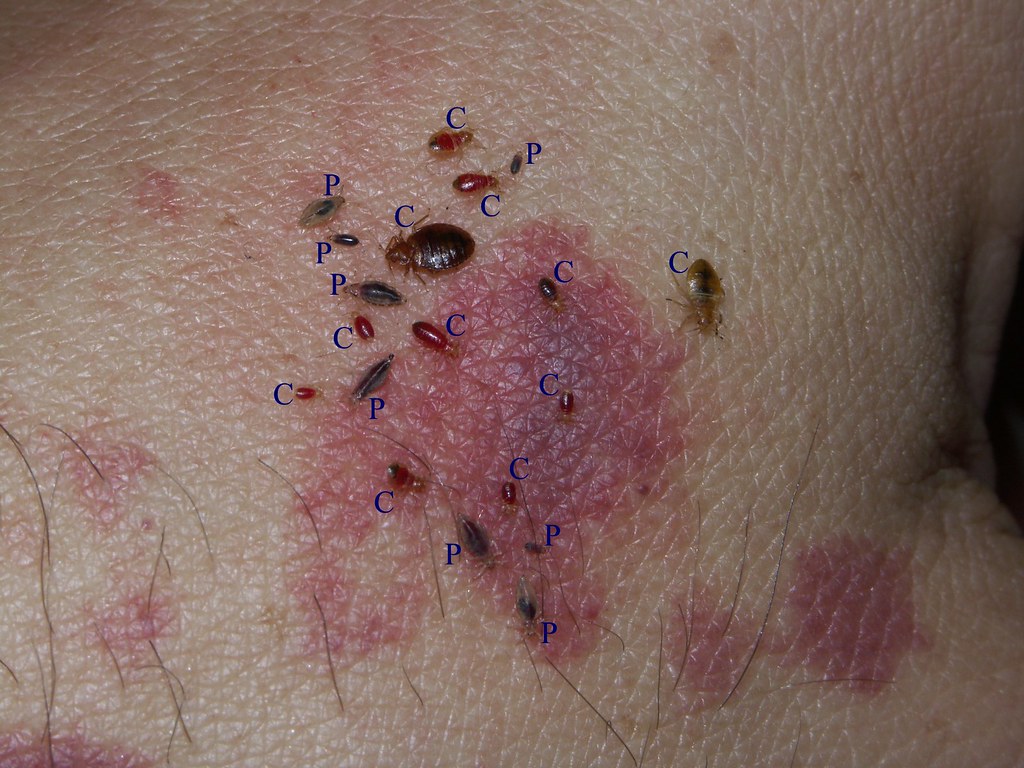If you’ve been dealing with bed bugs in your wood furniture, you know how difficult it can be to get rid of them. But don’t give up! With the right tools and techniques, you can eliminate these pests and keep your furniture looking great. In this article, I’ll provide some tips for how to remove bed bugs from wood furniture, so you can reclaim your space and enjoy it bug-free.
Understanding Bed Bugs

- Bed bugs are small, oval-shaped insects that feed on human blood.
- They are reddish-brown in color, with a flat, round body.
- They can be found in furniture, bedding, mattresses and other places where humans rest or sleep.
- Bed bugs are most active at night, when they come out to feed on human blood.
- Bed bugs can spread from one location to another on clothing, furniture, luggage and other items.
- They can survive for several months without a meal and will feed on other animals if their preferred host is not available.
- The female bed bug can lay up to 500 eggs in her lifetime, which can hatch in as little as a week.
What are Bed Bugs?
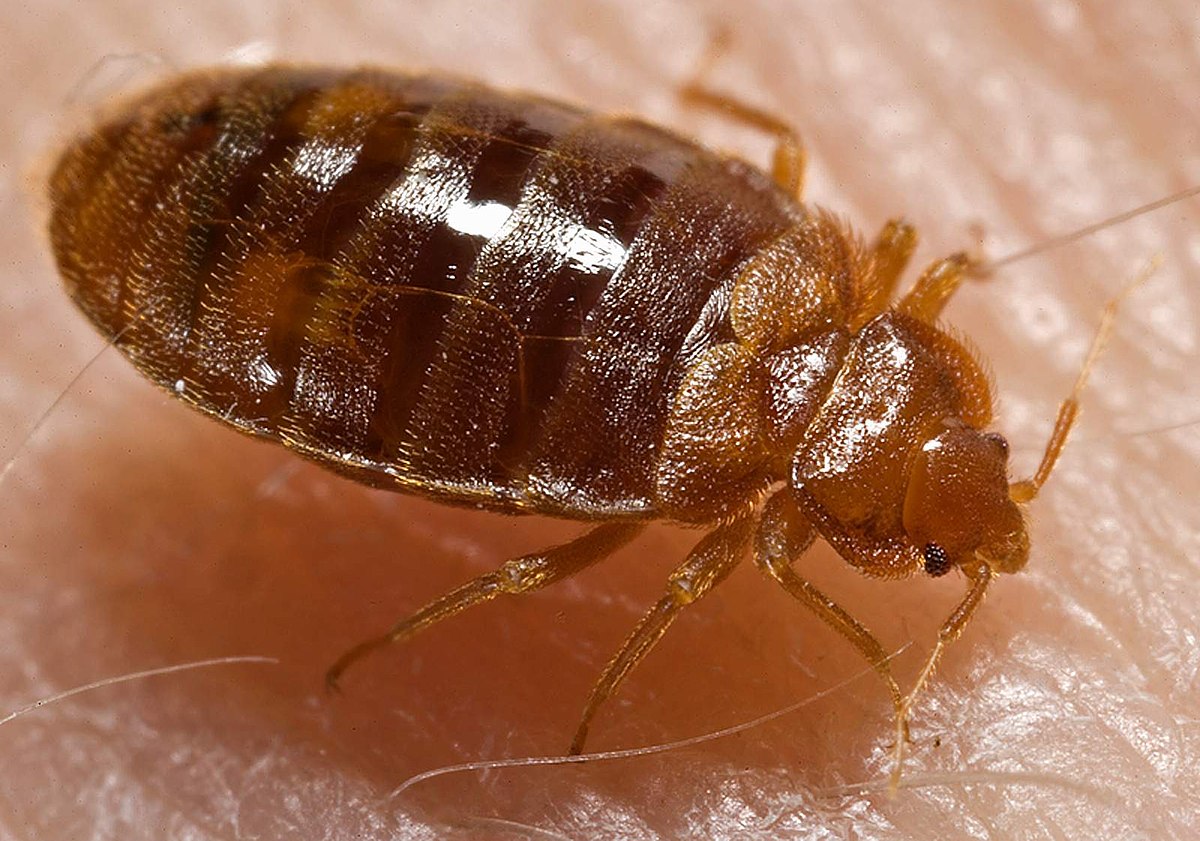
Bed bugs are small insects that feed on human blood. They are about the size of an apple seed and are reddish-brown in color. They can survive up to a year without feeding and can hide in the tiniest of cracks and crevices. They are usually found in mattresses, box springs, furniture and bedding.
| Characteristics | Description |
|---|---|
| Length | 4-5mm |
| Shape | Flat, oval |
| Color | Reddish-brown |
| Life Cycle | Eggs, larvae, nymphs, adult |
Bed bugs can be difficult to get rid of and can quickly spread throughout an area. They are mainly active at night and will bite exposed skin while people are sleeping. They can cause itchy, red bumps on the skin and can lead to anemia if left untreated.
Where do Bed Bugs Come From?

Bed bugs are parasites that feed on human blood. They can be found all over the world, in both residential and commercial settings. Bed bugs are most commonly found in beds, furniture, mattresses, and other places where people sleep. They are also found in clothing, curtains, and other fabric items. Bed bugs do not fly, but they can move quickly over floors, walls, and ceilings.
Bed bugs usually originate from other infested areas or from used furniture, bedding, or clothing. They can be brought into a home through luggage, secondhand furniture, or even from visiting an infested area. Bed bugs can also be brought in from other infested dwellings. As such, it is important to be aware of the areas you are visiting and to always inspect your luggage, furniture, and clothing for any signs of bed bugs.
Once bed bugs are in your home, they can be difficult to get rid of. To get rid of bed bugs in wood furniture, you must first identify the infestation by looking for signs of the bugs, such as small black spots, shed skins, and fecal matter. Then, you must vacuum and steam the furniture to remove any bed bugs and their eggs. Finally, you must use an insecticide to kill any remaining bugs.
Bed Bug Infestations

Bed bug infestations can be a challenging issue to tackle. They can quickly move from one piece of furniture to another, as well as from room to room. It can be tricky to get rid of them without professional help. The best way to remove bed bugs from wood furniture is to use steam. Using a steam cleaner can kill the bugs and their eggs, as well as sanitize the furniture. Make sure to thoroughly steam the furniture, paying special attention to the crevices, cracks, and joints. It’s also important to make sure that the steam is hot enough to kill the bugs and their eggs.
If you’re concerned about the chemicals used in traditional pest control, there are alternatives you can use. Vacuuming is a great option, as it can help remove the bed bugs from your wood furniture. Make sure to use a vacuum with a HEPA filter and a crevice attachment. The vacuum should be used on all surfaces of the furniture, including the crevices, cracks, and joints. Make sure to discard the vacuum bag immediately after use.
You can also use DIY solutions such as diatomaceous earth to treat your furniture. Sprinkle it around the perimeter of the furniture and in the cracks and crevices, and leave it there for a few days. This will kill the bed bugs and their eggs.
Finally, you can use essential oils such as lavender and tea tree oil to treat your furniture. Dilute the oils in water and spray them onto the furniture. This will help kill the bed bugs and keep them away.
Preparing to Remove Bed Bugs from Wood Furniture
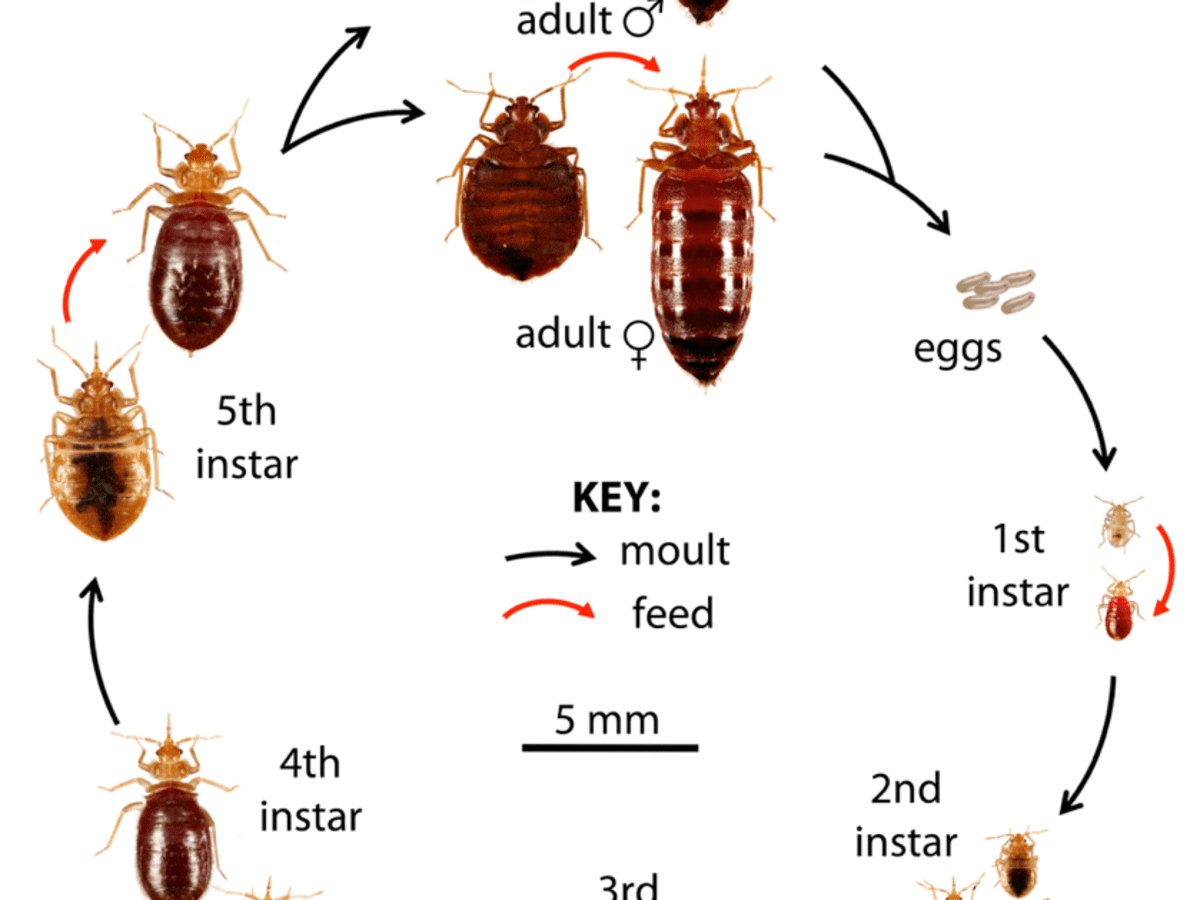
Before tackling the task of removing bed bugs from wood furniture, it is important to ensure that the furniture is properly prepared. The following steps should be taken to ensure that the task is as effective as possible:
| Step | Description |
|---|---|
| 1 | Check for any signs of bed bugs. Look for dark spots, shed exoskeletons, or eggs on or around the furniture. |
| 2 | Vacuum the entire piece of furniture, paying close attention to crevices and cracks. Vacuum the mattress and box spring, if applicable. |
| 3 | Fill a bucket with warm water and a mild detergent or cleaning solution. Dip a cloth in the solution and wipe down the furniture. Be sure to get into each crevice and crack. |
| 4 | Let the furniture air dry completely. |
Once the furniture is clean, it is important to inspect it thoroughly for any remaining signs of bed bugs. If any are found, the furniture should be treated with a suitable insecticide.
Assessing the Bed Bug Infestation

First, determine the extent of the bed bug infestation. Look for signs of bed bugs such as fecal stains, shed skins, and eggs. If possible, inspect your mattress and box spring for signs of infestation. Also check furniture, walls, and linens for signs of bed bugs.
If you’ve identified a bed bug infestation, don’t panic. Bed bugs aren’t known to spread disease and can usually be eliminated with the right steps.
Next, determine the source of the bed bug infestation. Bed bugs can be brought into your home in furniture, luggage, and clothing. Inspect second-hand furniture, bedding, and clothing before bringing them into your home.
Finally, you’ll need to decide on a treatment plan. Depending on the severity of the infestation, you may need to treat your home with insecticides or have a professional exterminator come in. If the infestation is small, you may be able to tackle it yourself with a combination of vacuuming, laundering, and sealing up cracks and crevices.
Creating a Bed Bug Plan

The first step to removing bed bugs from wood furniture is to create a bed bug plan. This plan should include the steps and materials necessary to get rid of the bed bugs. Here are some tips to help you create an effective bed bug plan:
- Identify the type and source of the bed bug infestation. This will help you determine the best treatment strategy for your specific situation.
- Choose the right products and methods for treating wood furniture. Choose products that are specifically designed for wood furniture, as these are more likely to be effective. You may also want to consider using a heat treatment, which can be effective in killing bed bugs.
- Determine the best way to treat the infested areas. This may include vacuuming and steam cleaning, as well as applying insecticides.
- Develop a plan of action. This should include a timeline for the treatment, as well as a plan for monitoring and assessing the results.
- Create a follow-up plan. This should include regular inspections of the furniture and surrounding areas, as well as methods for preventing future infestations.
Once you have developed a bed bug plan, you can begin to treat the wood furniture. Be sure to follow the instructions on the product labels, and take all necessary safety precautions. If you have any questions or concerns, contact a professional exterminator for assistance.
Removing Bed Bugs from Wood Furniture

- Vacuum all wood furniture thoroughly.
- Steam clean the furniture. Make sure to use a steam cleaner with a nozzle attachment so that the steam reaches all of the crevices.
- Inspect the furniture closely and look for any signs of bed bugs. Pay particular attention to crevices, cracks, and seams.
- If you find any bed bugs, kill them using a vacuum with a crevice attachment or by using a heat treatment.
- Once the bed bugs have been eliminated, use an insecticide to treat the furniture. Make sure to follow the instructions on the product label.
- Wash any removable fabric covers with hot water and dry them on the highest heat setting.
- Place all of the furniture in sealed plastic bags and store it in a dry, cool location for at least two weeks.
- After two weeks, inspect the furniture again for any signs of bed bugs.
- If there are no signs of bed bugs, the furniture is safe to use.
Cleaning and Disinfecting Wood Furniture

Once you have identified and removed any bed bugs from the wood furniture, it is important to clean and disinfect the area. Start by vacuuming the furniture, paying careful attention to any cracks and crevices. Once you have vacuumed the furniture, use a damp cloth to wipe and clean any surfaces. Make sure to use a mild detergent and warm water solution to effectively remove dust and dirt.
After cleaning the furniture, it is time to disinfect. For this, you can use a mixture of water and white vinegar. Make sure to use a ratio of 1:1 and spray the mixture directly onto the furniture. Allow the solution to sit for 10 minutes and then wipe off with a dry cloth.
Once you have wiped off the furniture, use a brush to scrub away any remaining dirt and debris. This will help to ensure that all germs and bacteria are removed. After scrubbing, wipe down the furniture one more time with a clean, dry cloth.
Finally, use a wood furniture polish to protect your furniture and keep it looking its best.
Vacuuming Wood Furniture

To remove bed bugs from wood furniture, I suggest vacuuming the furniture thoroughly. To do this, I use either a handheld vacuum or an attachment for my regular vacuum. I start with the crevices and cracks in the furniture, using the handheld vacuum to get the bed bugs out. I then take my regular vacuum and use the upholstery attachment to vacuum the rest of the furniture.
I also use a vacuum cleaner with a HEPA filter to ensure that the bed bugs are trapped in the filter so they don’t escape into the air. After vacuuming, I empty the vacuum cleaner into a plastic bag and seal it tightly to prevent any of the bugs from escaping.
| Type of Vacuum | Purpose |
|---|---|
| Handheld Vacuum | For crevices and cracks in furniture |
| Regular Vacuum with Upholstery Attachment | For the rest of the furniture |
| Vacuum with HEPA Filter | To trap the bed bugs in the filter |
After vacuuming, I inspect the wood furniture for any remaining bed bugs and eggs. If I find any, I repeat the vacuuming process until all bed bugs and eggs are removed.
Steam Cleaning Wood Furniture
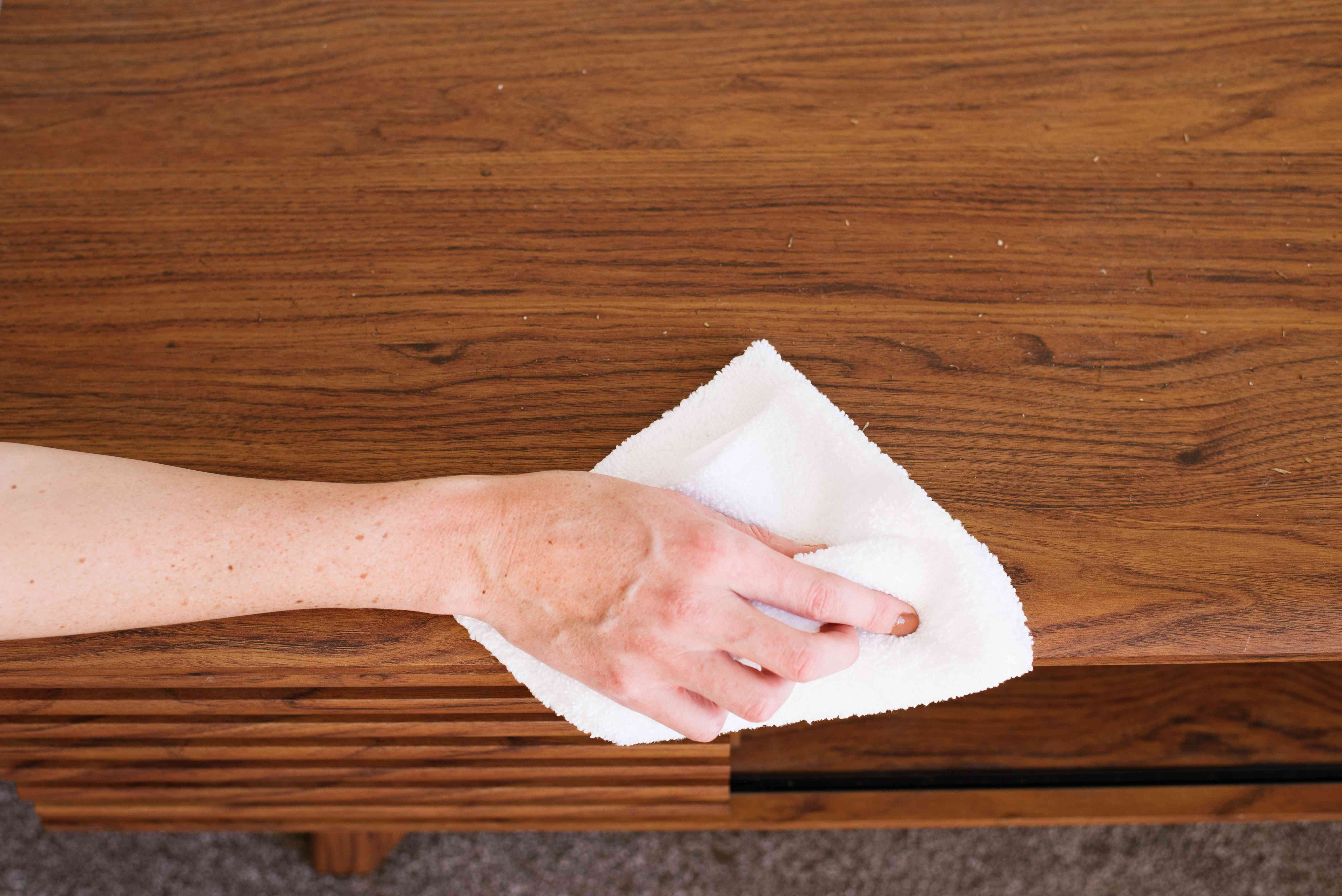
Steam cleaning is an effective way to remove bed bugs from wood furniture. It is important to use a low-pressure steam cleaner that is designed for use on wood surfaces. The steam will penetrate deep into the wood, killing any bed bugs and their eggs. Be sure to read and follow the instructions on the steam cleaner to ensure proper use.
When using a steam cleaner, hold the nozzle close to the wood surface and move it slowly in a circular motion for best results. Make sure to pay special attention to areas that are commonly affected by bed bugs, such as cracks and crevices. Once the steam has been applied, allow the wood to dry completely before using it again.
It is important to note that steam cleaning may not be effective on wood surfaces that have been stained or painted. In these cases, it may be necessary to use chemical treatments to eliminate the bed bugs.
Using Heat to Kill Bed Bugs
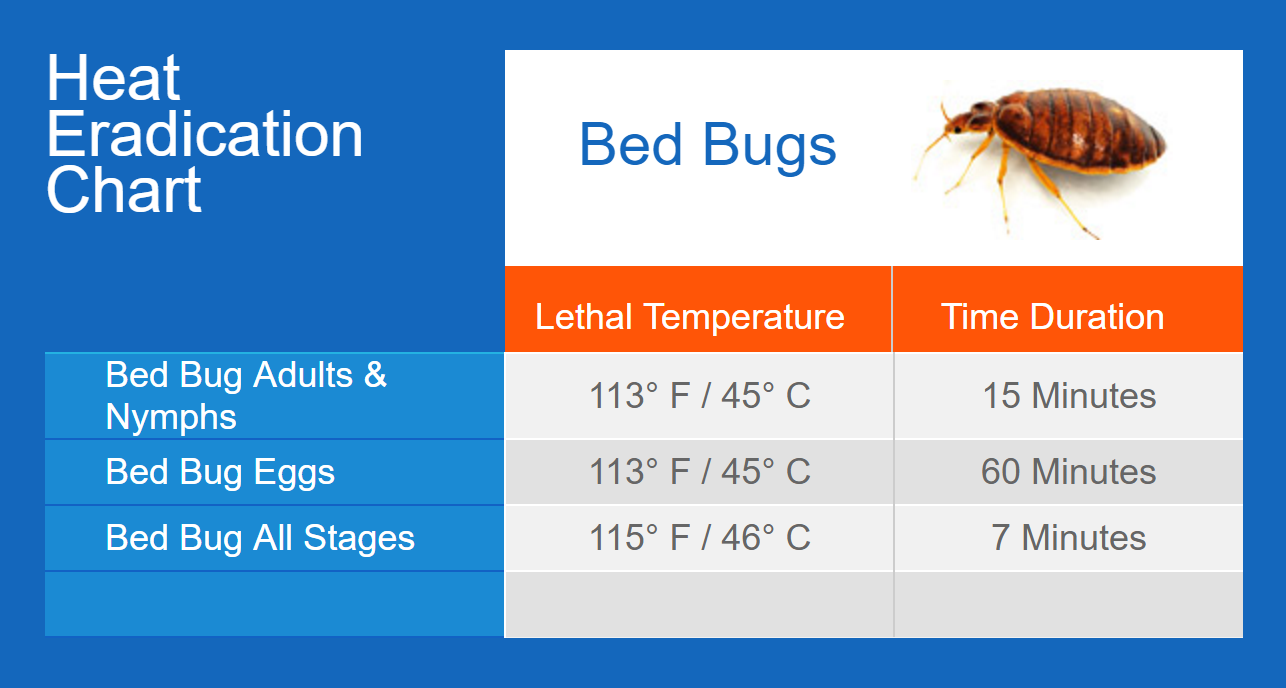
The best way to eliminate bed bugs from wood furniture is by using heat. Heat exposure is an effective way to kill bed bugs and their eggs, as these insects can’t survive temperatures above 113°F. To use heat to eradicate bed bugs, you should start by cleaning the furniture with a vacuum cleaner and then steam clean the furniture. Steam cleaning is a great way to heat up the furniture and kill any bed bugs or eggs. If you don’t have a steam cleaner, you can use a hair dryer or a space heater to heat up the furniture and reach the desired temperature of 113°F. Heat exposure should be done for about 4-5 hours to make sure that all bed bugs and eggs are eliminated. After the furniture is heated, use a vacuum cleaner once more to remove any dead bed bugs or eggs.
Using Insecticides to Kill Bed Bugs

- Spray insecticide directly onto bed bugs and bed bug hiding places. Use a handheld, aerosol-based pesticide to spray in cracks and crevices, along baseboards, and behind furniture.
- Apply a residual insecticide to wood furniture. Use a liquid concentrate or a dust to treat furniture, paying special attention to seams, crevices, and the undersides.
- Use an insecticide with a long residual effect. Choose a product that contains both an insecticide, such as permethrin, and an insect growth regulator, such as pyriproxyfen.
- Re-treat furniture, if necessary. Monitor the treated furniture for several weeks after application. If bed bug activity increases, retreat the furniture.
Preventing Bed Bug Infestations

- Check furniture and mattresses for signs of bed bugs, such as small spots of blood, shed skins, and live bugs.
- Vacuum furniture, mattresses, carpets, and any other potential hiding spots regularly.
- Wash bedding in hot water (at least 130°F) weekly.
- Routinely inspect secondhand furniture before bringing it into your home.
- Use protective covers on mattresses and box springs.
- Reduce clutter in your home to reduce the number of hiding spots for bed bugs.
- Regularly inspect any cracks and crevices for evidence of bed bugs.
Taking preventive measures is the best way to avoid a bed bug infestation. To help keep bed bugs from invading your home, I recommend the following:
Regular Cleaning and Vacuuming
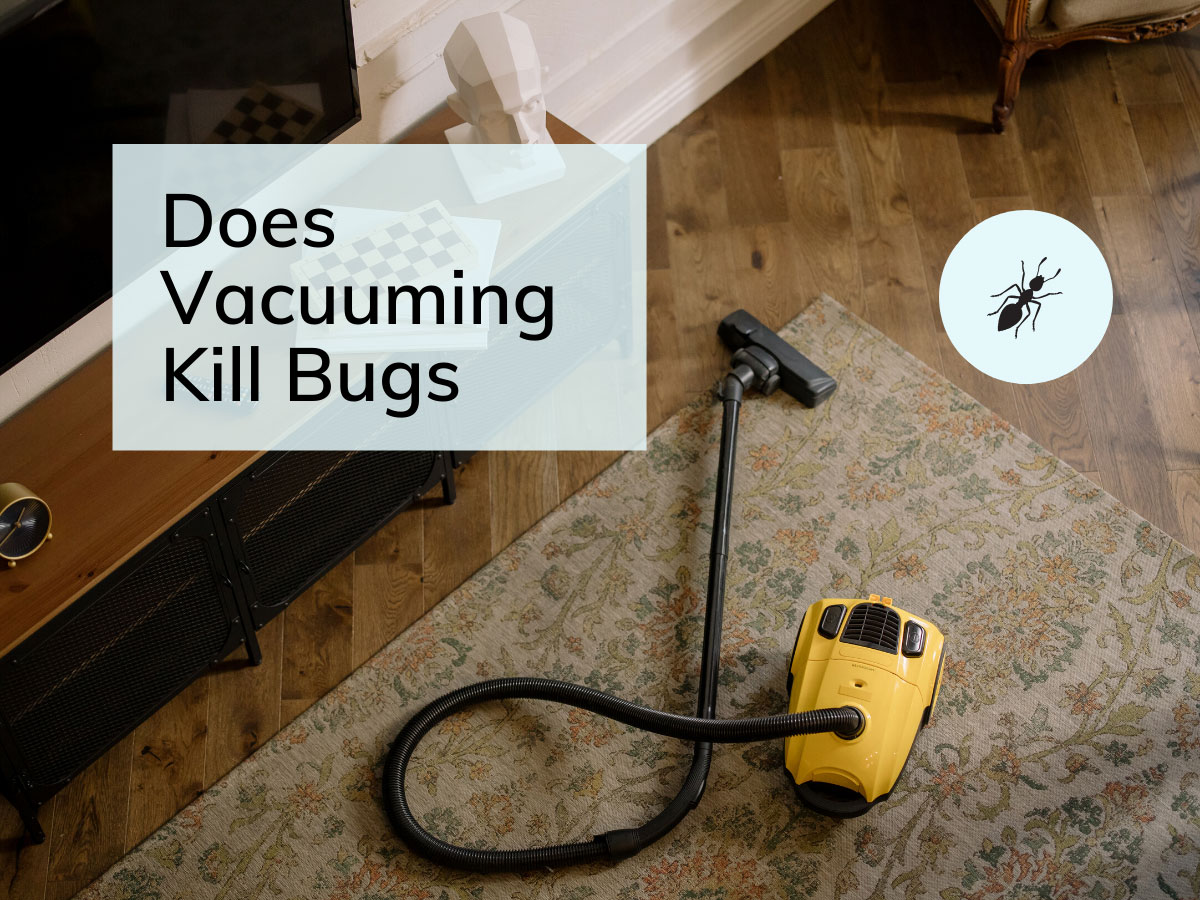
- Vacuum wood furniture thoroughly and regularly, paying special attention to cracks and crevices.
- Move furniture away from walls to ensure that no bed bugs are hiding behind or under it.
- Regularly clean wood furniture with a damp cloth to remove dust, residue and other particles.
- Ensure that the cloth is damp but not wet. Excess moisture can damage or warp the wood.
- Pay particular attention to cracks and crevices when cleaning, as this is where bed bugs are likely to hide.
- Vacuum the furniture again after cleaning to remove any bed bugs that may have been disturbed.
Using Bed Bug-Proof Mattress and Furniture Covers
The best way to prevent bed bugs from taking up residence in your wood furniture is by using bed bug-proof mattress and furniture covers. These covers are designed to keep out bed bugs and other pests, providing an effective barrier between you and the bugs. The covers come in a variety of sizes and materials, so you can find the perfect one to fit your furniture.
| Cover Type | Description |
|---|---|
| Vinyl | Vinyl covers are made of a thick plastic material and can be wiped clean with a damp cloth. They are waterproof and provide a good level of protection from bed bugs. |
| Nylon | Nylon covers are lightweight and durable, and can be washed in a washing machine. However, they do not provide as much protection from bed bugs as vinyl covers. |
| Cotton | Cotton covers are breathable and comfortable, but do not provide as much protection from bed bugs as vinyl or nylon covers. |
When choosing a mattress or furniture cover, make sure it is tight-fitting and covers the entire surface of the furniture. It should also be large enough to fit over the edges of the furniture. It is also important to make sure the cover is made of a material that will not rip or tear easily.
Once the cover is in place, it is important to inspect it regularly to make sure it is still in good condition and that there are no bed bugs hiding inside. If bed bugs are found, the cover should be removed and replaced.
Using bed bug-proof mattress and furniture covers is one of the best ways to protect your wood furniture from bed bugs. They provide an effective barrier between you and the bugs, and can be easily removed and replaced if necessary.
Inspecting Used Furniture
- Look for evidence of bed bugs such as rusty or reddish stains from bed bug excrement on mattresses and furniture; dark spots from bed bug eggs and eggshells; or live bed bugs.
- Check seams, folds, and tufts of the mattress and box spring for signs of bed bugs.
- Check all sides, even the underside of the furniture for signs of bed bugs.
- Check for bed bugs in any cracks or crevices in the furniture.
- Examine secondhand furniture carefully before bringing it into your home.
Frequently Asked Questions
What are the best ways to remove bed bugs from wood furniture?
Bed bug infestations can be a nuisance, but with the right know-how, you can successfully remove them from wood furniture. The most effective methods for removing bed bugs from wood furniture are vacuuming, steaming, and chemical treatments. Vacuuming can help remove bed bugs and their eggs from cracks and crevices. Steaming furniture with a hot steam cleaner can kill the bugs and their eggs on contact. Chemical treatments such as insecticides can also be used to treat wood furniture, but should be used with caution.
How can I prevent bed bugs from returning to my wood furniture?
To prevent a recurrence, vacuum furniture frequently and inspect it regularly for signs of infestation. Also, keep furniture a few inches away from walls and other surfaces to prevent bed bugs from crawling onto it. If you suspect an infestation in the surrounding area, use bed bug interceptors and monitors to help detect any bed bugs in the area. When travelling, inspect hotel rooms for signs of bed bugs before unpacking and avoid bringing any second-hand furniture into the home. Finally, practice good hygiene and keep your home clean and clutter-free.
What are the most effective methods for getting bed bugs out of wood furniture?
The most effective methods for getting bed bugs out of wood furniture include vacuuming, steaming, and chemical treatments. Vacuuming with a powerful vacuum cleaner can remove bed bugs and eggs hidden in cracks and crevices of wood furniture. Steaming furniture with a handheld steamer can help kill bed bugs in wood furniture, as well as any eggs hidden in crevices. Finally, chemical treatments such as insecticides and insect growth regulators can be applied to wood furniture to kill bed bugs and their eggs.
What safety measures should I take when attempting to remove bed bugs from wood furniture?
When attempting to remove bed bugs from wood furniture, it is important to take certain safety measures. Wear long-sleeved clothing and gloves to protect your skin from contact with the bugs and possible chemicals used to kill them. Make sure to work in a well-ventilated area and avoid contact with your eyes, nose and mouth. Use a vacuum cleaner with a disposable bag to suck up the bugs. If you decide to use pesticides, always read and follow the product label instructions carefully.
What products or materials are best for eliminating bed bugs from wood furniture?
Vacuuming is one of the most effective ways to remove bed bugs from wood furniture. Vacuums with a HEPA filter are best as they can trap bed bugs and eggs. Insecticides can also be used to kill bed bugs. Solutions containing pyrethrin, permethrin, and deltamethrin are all effective in killing bed bugs. Treating furniture with heat is also an effective method of eliminating bed bugs. Heat treatments involve using a portable heater to raise the temperature of the furniture to over 120°F, which will kill bed bugs and their eggs.
Conclusion
Wood furniture can be a breeding ground for bed bugs and the only way to ensure complete removal is to take the necessary steps. This includes vacuuming the furniture, using a steamer or heat treatment, and using insecticides to kill any residual bed bugs. Taking these steps will help to ensure your furniture is completely free from bed bugs.
